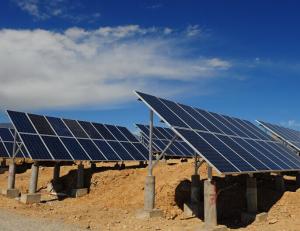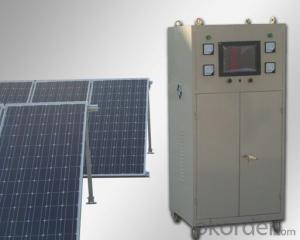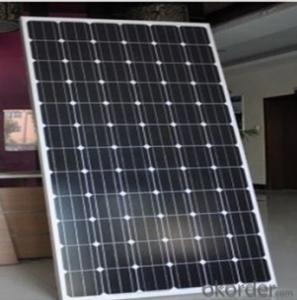Growatt 5000w Solar Inverter
Growatt 5000w Solar Inverter Related Searches
Best Solar Pv Inverter 5000w Solar Power Inverter Solar Pv Inverter On Maui Grid Connected Solar Inverter Grid Assisted Solar Inverter Solar Grid Inverter Aeg Pv 2800 Solar Inverter Pv Solar Inverter Solar Pv Inverter Solar Inverter 5000wHot Searches
Type Of Inverter For Solar Used Solar Inverter For Sale Inverter Size For Solar System Solar Edge Inverter For Sale 5kw Solar Inverter For Sale Solar Inverter For Sale Solar Inverter For Battery Solar Inverter For Split Ac Solar Inverter For Laptop Solar Inverter For Fridge Solar With Inverter Price Solar Inverter With 2 Battery Solar Inverter Price In China Best Solar Inverter In China Solar Inverter Price In Dubai Solar Inverter Price In Uae Solar Inverter Price In Kenya Solar Inverter Price In Kerala Solar Inverter Price In Ghana Inverter Size For Solar SystemGrowatt 5000w Solar Inverter Supplier & Manufacturer from China
Okorder.com is a professional Growatt 5000w Solar Inverter supplier & manufacturer, offers integrated one-stop services including real-time quoting and online cargo tracking. We are funded by CNBM Group, a Fortune 500 enterprise and the largest Growatt 5000w Solar Inverter firm in China.Hot Products
FAQ
- The size of a solar inverter is determined by several factors, including the total capacity of the solar panels, the maximum power output of the panels, the desired efficiency of the system, and the specific requirements of the electrical grid or the building where the inverter will be installed.
- The efficiency of a solar inverter can be calculated by dividing the output power of the inverter by the input power it receives from the solar panels. This ratio is then multiplied by 100 to express the efficiency as a percentage.
- Yes, a solar inverter can be connected to a backup battery system. This allows the excess solar energy generated during the day to be stored in the backup battery system for later use during times when there is no sunlight available, such as at night or during power outages.
- The input current rating of a solar inverter directly affects its performance as it determines the maximum amount of current that can be supplied to the inverter. If the input current rating is too low, the inverter may not be able to handle the power generated by the solar panels efficiently, resulting in reduced performance. Conversely, if the input current rating is high, the inverter can handle a larger amount of power and perform optimally. Therefore, selecting an inverter with an appropriate input current rating is crucial for ensuring smooth and efficient operation of a solar power system.
- Yes, a solar inverter can be used with a solar-powered greenhouse system. A solar inverter converts the direct current (DC) generated by solar panels into alternating current (AC) that can be used to power electrical devices in the greenhouse system. This allows for efficient utilization of solar energy for various applications such as lighting, ventilation, irrigation, and temperature control within the greenhouse.
- The role of Maximum Power Point Tracking (MPPT) in a solar inverter is to optimize the efficiency and output of the solar panels by continuously tracking and adjusting the operating point to the maximum power point. This ensures that the solar panels are operating at their highest possible power output, regardless of changes in environmental conditions. MPPT technology maximizes the utilization of solar energy and improves the overall performance of the solar inverter system.
- Yes, a solar inverter can be integrated with smart home systems. Smart home systems allow for the monitoring and control of various devices and appliances, including solar inverters. By integrating a solar inverter with a smart home system, users can monitor the performance of their solar panels, track energy production, and even remotely control the inverter settings. This integration enables homeowners to optimize their energy usage, increase efficiency, and seamlessly manage their solar energy systems.
- Yes, a solar inverter can be used with a smart home automation system. Many modern solar inverters are equipped with communication interfaces such as Wi-Fi or Zigbee, allowing them to integrate seamlessly with smart home automation systems. This integration enables homeowners to monitor and control their solar energy production, consumption, and storage remotely, and optimize their energy usage for increased efficiency and cost savings.















































